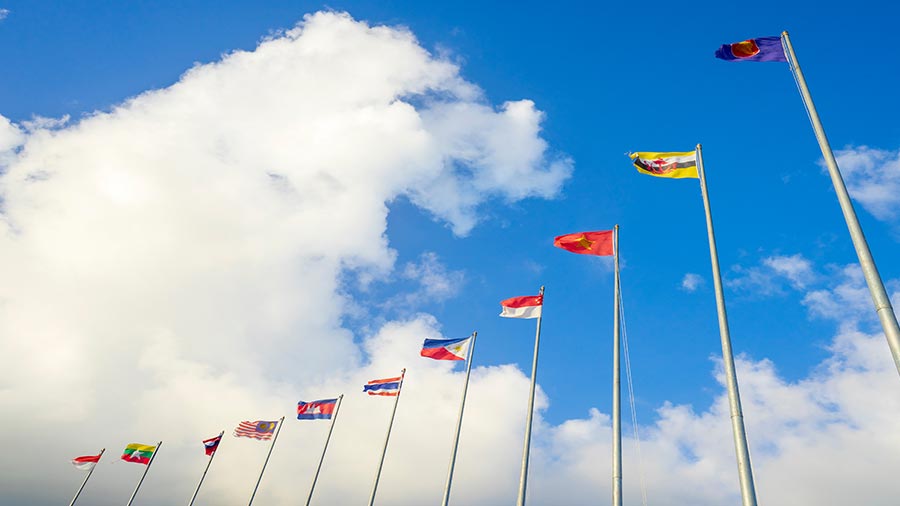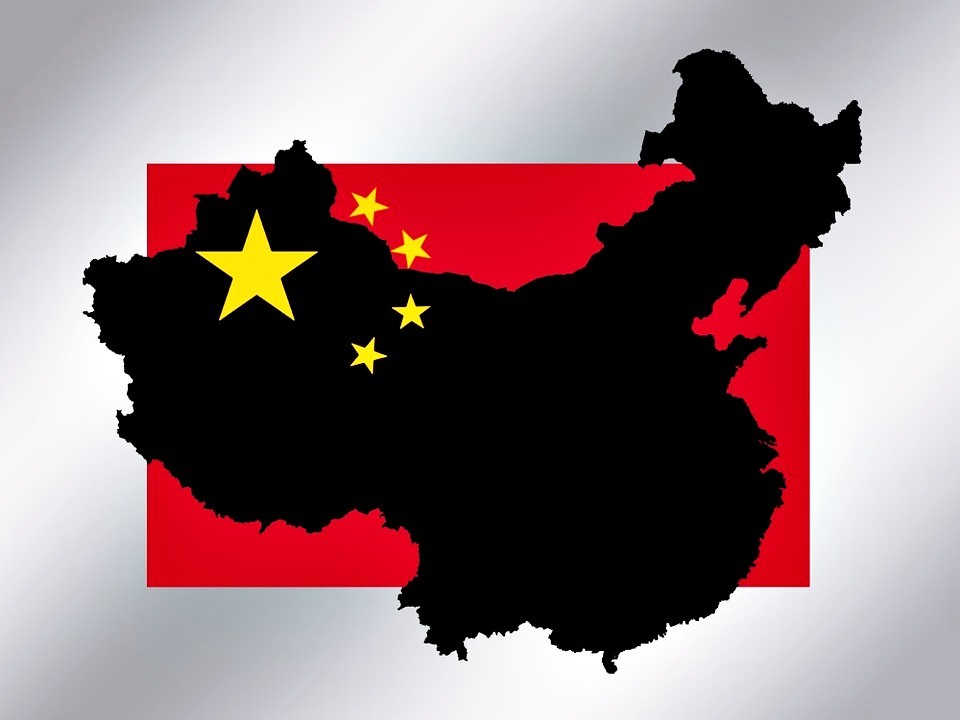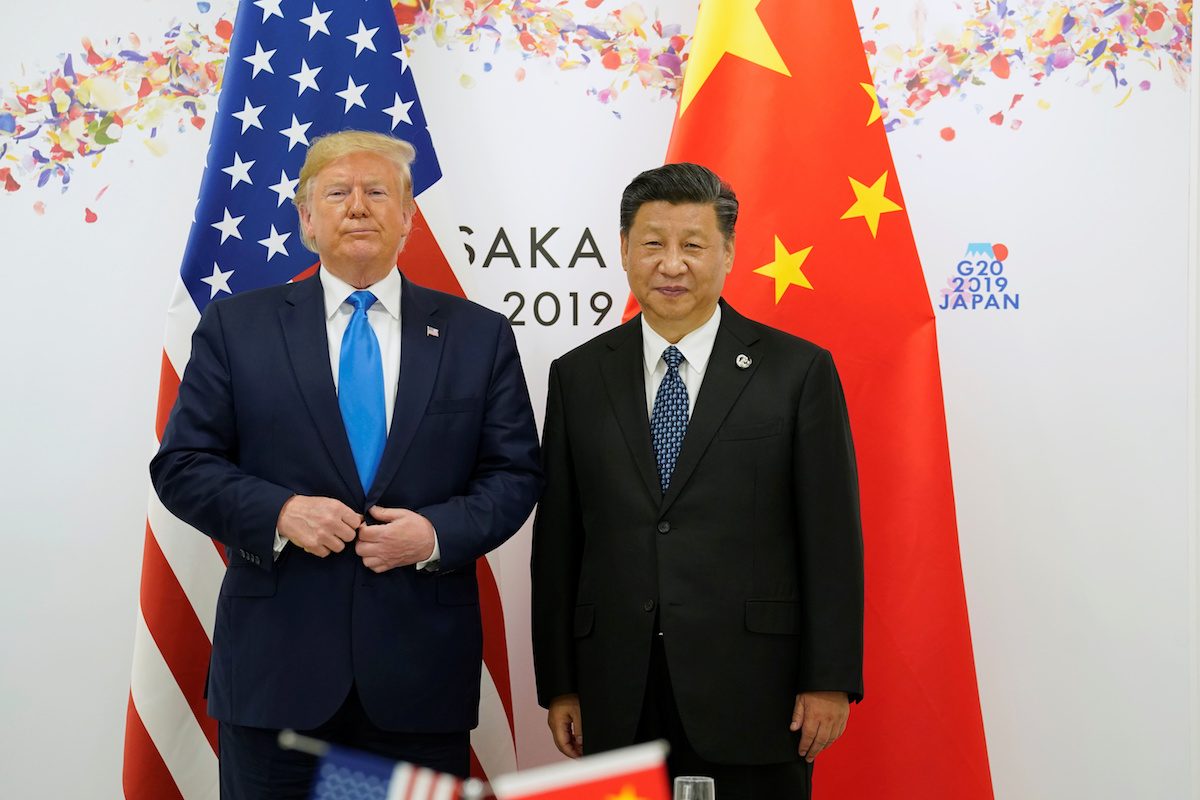Banking
Preparations take root for 2014 intl horticulture expo
A sea elf mascot named Qingqing and an emblem named “Colorful Floriculture” have been unveiled for the 2014 Qingdao International Horticulture Expo that will be held from April 25 to Oct. 25, 2014.Covering 241 hectares, it will be the second-largest event in the city’s history following the Olympic Sailing Competition in 2008.It will include 164 hectares of theme gardens, 15.6 hectares of water, a 77-hectare experience area for visitors and a 55-hectare Expo Village to provide logistical support.The inspiration for the emblem is a traditional Chinese character of a man planting a tree. The character means “art” and also represented gardening in ancient times.The sea elf Qingqing reflects the notion that the sea is the cradle of life in Qingdao, which owes its existence and prosperity to the surrounding waters.Qingqing’s designer Wu Guanying from Tsinghua University noted that “sea is the first word people think of about the city.””I used blue to provide visitors with a vivid image of a seashore city,” he said.Li Fengli, secretary-general of the event’s executive committee, said that more than 80 percent of construction on the 2014 Qingdao International Horticultural Expo is already completed and the rest will be finished by the end of the year.The pavement of 12 roads was being finished, along with 92 percent of required pipelines. Concrete is being poured at all buildings, including pavilions.”Gardens for the exposition will import foreign plants and flowers apart from indigenous species,” Li said.”Eighty-five countries have confirmed they will have exhibitions, and 52 have handed in their designs.”
A sea elf mascot named Qingqing and an emblem named “Colorful Floriculture” have been unveiled for the 2014 Qingdao International Horticulture Expo that will be held from April 25 to Oct. 25, 2014.Covering 241 hectares, it will be the second-largest event in the city’s history following the Olympic Sailing Competition in 2008.It will include 164 hectares of theme gardens, 15.6 hectares of water, a 77-hectare experience area for visitors and a 55-hectare Expo Village to provide logistical support.The inspiration for the emblem is a traditional Chinese character of a man planting a tree. The character means “art” and also represented gardening in ancient times.The sea elf Qingqing reflects the notion that the sea is the cradle of life in Qingdao, which owes its existence and prosperity to the surrounding waters.Qingqing’s designer Wu Guanying from Tsinghua University noted that “sea is the first word people think of about the city.””I used blue to provide visitors with a vivid image of a seashore city,” he said.Li Fengli, secretary-general of the event’s executive committee, said that more than 80 percent of construction on the 2014 Qingdao International Horticultural Expo is already completed and the rest will be finished by the end of the year.The pavement of 12 roads was being finished, along with 92 percent of required pipelines. Concrete is being poured at all buildings, including pavilions.”Gardens for the exposition will import foreign plants and flowers apart from indigenous species,” Li said.”Eighty-five countries have confirmed they will have exhibitions, and 52 have handed in their designs.”
More here:
Preparations take root for 2014 intl horticulture expo
Banking
HSBC to Scale Back China Credit Card Operations Amid Expansion Challenges – Reuters

HSBC is withdrawing from its China credit card business due to difficulties in expanding, marking a strategic retreat in a challenging market environment.
HSBC’s Strategy Shift in China
HSBC is scaling back its credit card operations in China, highlighting challenges the bank has faced in expanding its customer base. The competitive landscape, combined with changing consumer preferences, has made it increasingly difficult for the bank to maintain its position in this lucrative market.
Market Challenges Ahead
Recent reports indicate that HSBC is reassessing its strategy, focusing resources on other areas where it sees stronger growth potential. The decision to pull back reflects the broader difficulties foreign banks encounter when trying to penetrate China’s financial services sector.
Future Focus
As HSBC pivots away from its credit card business in China, it aims to concentrate on digital banking and wealth management services. This strategic shift underscores the bank’s commitment to adapting to the evolving landscape of financial services while ensuring long-term sustainability in the region.
Source : Exclusive: HSBC pulling back from China credit card business after struggling to expand – Reuters
Banking
Bow to Beijing a low move by HSBC
HSBC has put money before morality to back China’s new security law: one that’s an assault on the freedoms of Hong Kong’s people.

Luckily for HSBC, it’s headquartered in Britain: a country where you can say what you like about Boris Johnson and his shambolic handling of the pandemic.
(more…)Banking
How China’s role in global finance has changed radically
Within the space of just 15 years, China has gone from being the largest net lender to the world to now being a net borrower. The implications for the global economy, and China’s role within that economy, could be significant.

‘If you owe the bank $1 million, you have a problem. But if you owe the bank $1 trillion, then the bank has a problem’. It’s an old gag, but it underscores an important point: the size of your borrowing or lending can have profound implications for your role in the world.
(more…)











